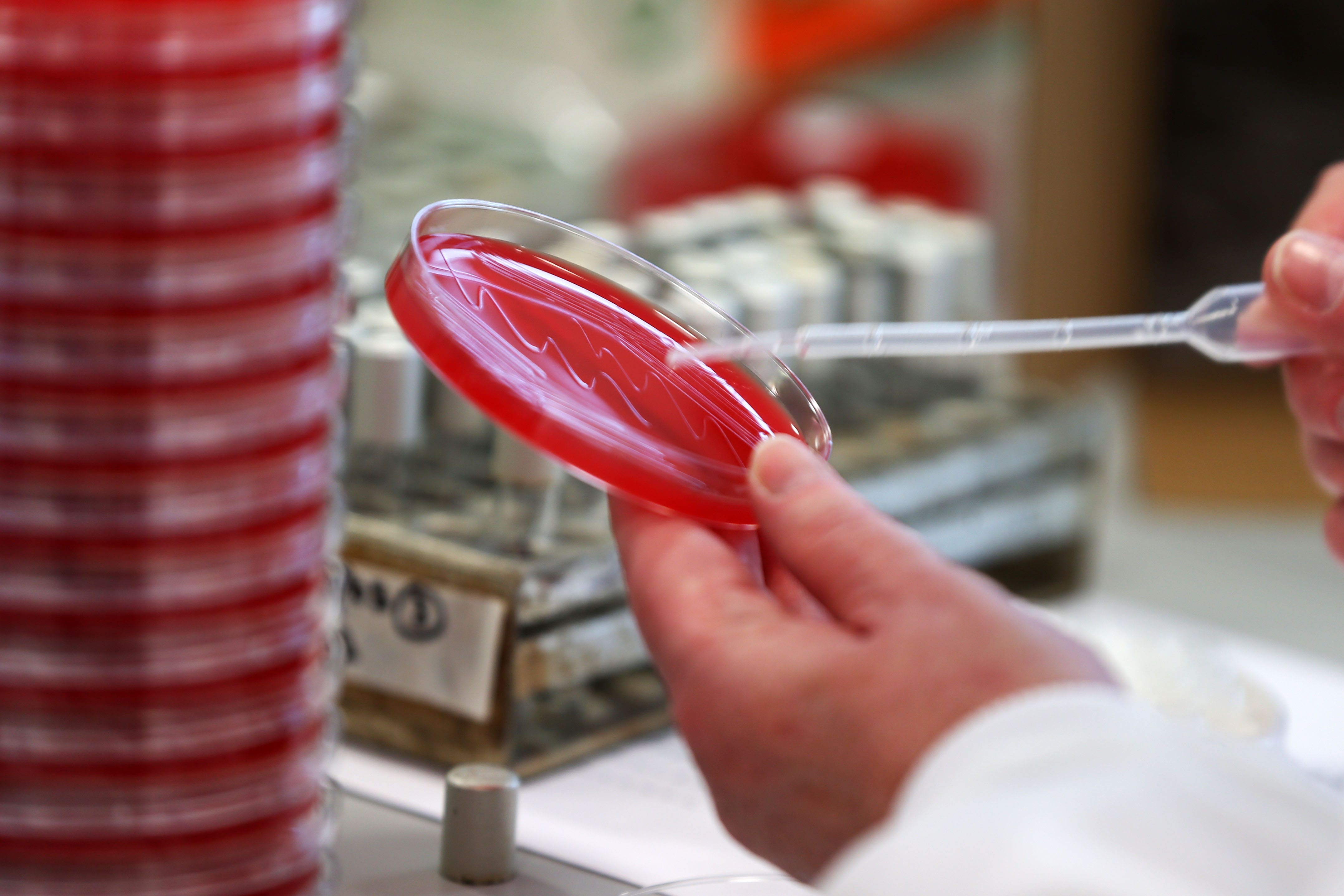Testing on live animals fell by 10% last year, data suggests
Across Great Britain some 2.76 million procedures were carried out on animals in 2022.

The number of scientific procedures carried out on live animals last year fell by 10%, new data shows.
Across Great Britain some 2.76 million tests were carried out on animals in 2022 – down from 3.06 million – representing the lowest number since 2002.
Data from the Home Office shows that experimental procedures (1.51 million) fell by 12% and made up 55% of all procedures last year.
Procedures for creation and breeding of genetically altered (GA) animals (1.25 million) fell by 6% since 2021.
The data for England, Scotland and Wales shows that the majority (96%) of procedures used mice, fish, birds or rats.
For more than a decade these species have been the most used.
According to the data, testing on specially protected species (cats, dogs, horses and non-human primates) accounted for use in 0.97% of experimental procedures in 2022.
Nic Wells, professor in translational medicine at the Royal Veterinary College, and chair of the Animals Sciences Group, Royal Society of Biology, said: “The decrease in the number of animal procedures likely reflects a number of interacting factors.
“These factors may include a decrease in research funding, particularly from the charity sector, and an increasing focus on the use of non-animal alternatives.
“Additionally, it should be noted that, especially in the case of the generation and breeding of GA animals, a high proportion of procedures did not actually reach the threshold for pain, suffering, distress or lasting harm equivalent to, or greater than, the insertion of a hypodermic needle in accordance with good veterinary practice.
“Only a very small proportion of the procedures involved severe suffering.”
Experimental procedures were conducted for the purposes of basic research and the development of treatments, safety testing of pharmaceuticals and other substances.
Around half (53%) were for basic research, and the top three research areas were the nervous system, the immune system and cancer.
Some animals may be used more than once in certain circumstances so the number of procedures carried out in a year does not equal the number of animals used.
The figures show that after 2001, procedures increased, reaching a peak of 4.14 million in 2015, and then started to decrease again to 2.88 million in 2020.
This may be partly explained by national lockdowns in response to the Covid-19 pandemic, which may have affected the activity of the establishments.
Looking at the countries individually, the number of procedures in England and Scotland fell by 10% and 7% respectively in the last year, while the number of procedures undertaken in establishments in Wales increased by 1% compared with 2021.
Understanding Animal Research (UAR), an organisation which promotes open communications on the issue, said animal testing is a small but important part of the research into new medicines, vaccines and treatments for humans and animals.
It said that 82% of procedures caused pain equivalent to, or less than, an injection.
Ten organisations accounted for more than half (52%) of all animal research in Britain last year, according to UAR.
They were the University of Oxford, University of Cambridge, the Francis Crick Institute, University of Edinburgh, UCL, the Medical Research Council, King’s College London, University of Glasgow, University of Manchester, and Imperial College London.
UAR has also produced a list of 64 organisations in the UK that have publicly shared their 2022 animal research statistics.
Wendy Jarrett, chief executive of UAR, which developed the Concordat on Openness, said: “Animal research remains a small but vital part of the quest for new medicines, vaccines and treatments for humans and animals.
“Alternative methods are gradually being phased in, but until we have sufficient reliable alternatives available, it is important that organisations that use animals in research maintain the public’s trust in them.
“By providing this level of information about the numbers of animals used, and the experience of those animals, as well as details of the medical breakthroughs that derive from this research, these Concordat signatories are helping the public to make up their own minds about how they feel about the use of animals in scientific research in Great Britain.”
Dr Emma Grange, Cruelty Free International’s director of science and regulatory affairs, said: “We welcome these latest statistics which indicate that the trend continues, with 10% fewer tests recorded for 2022.
“Yet there is definitely more to be done, and we can do much better than this very gradual reduction.
“Our work can continue to help drive these numbers down, and we need the Government, regulators and researchers to be proactive in ensuring that this progress not only continues but accelerates.
“The Government must honour the Home Secretary’s commitment towards developing alternatives to animal testing.”
Bookmark popover
Removed from bookmarks